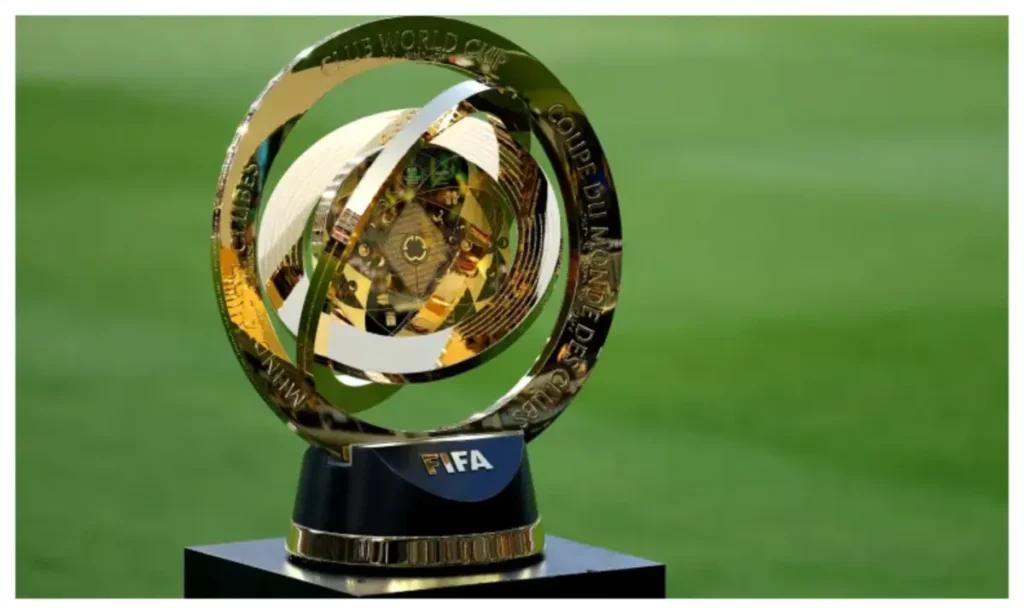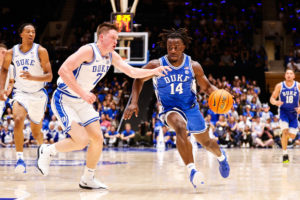
Football, with all its grace, passion, and unpredictability, offers perhaps no greater spectacle of global competition than the FIFA Club World Cup. A tournament born out of a desire to crown the ultimate club champion, it has evolved over time from a niche competition to a high-stakes battleground where champions of every continent clash. The latest edition—swelled in ambition, scope, and stakes—presents a final stretch wrapped in chaos, calculation, and no shortage of drama. As the globe’s best clubs edge toward the decisive stages, forecasting the outcome is as much a science as it is an art.
To appreciate the magnitude of what lies ahead, one must first understand the tournament’s expanded format. In its newer version, the Club World Cup welcomes a significantly larger field, a recognition of both football’s globalization and FIFA’s drive for commercial and competitive prestige. Unlike the earlier renditions with just a handful of teams, the restructured tournament is a World Cup in every sense, requiring clubs to navigate through a dense calendar, logistical challenges, and opponents of varying pedigree. It is no longer a European coronation ceremony; it is a genuine test of depth, adaptability, and tactical elasticity.
Forecasting the final stretch begins by analyzing the frontrunners. European champions often enter as favorites—and rightly so. Clubs from UEFA possess the resources, player depth, and elite tactical minds to outmaneuver most rivals. But modern football has witnessed a shrinking gap. South American giants from CONMEBOL are traditionally fierce competitors, blending flair with an almost tribal hunger. Brazilian clubs, in particular, have made serious investments in infrastructure, repatriating talent once lost to European leagues. Teams like Flamengo or Palmeiras do not simply arrive to participate; they aim to conquer.
Yet, it’s not just a tale of two continents anymore. Clubs from Asia, Africa, and North America are no longer content with moral victories. Teams like Al Hilal, Urawa Red Diamonds, and Monterrey have made deep runs in recent editions, proving that tactical sophistication and club professionalism are catching up globally. African clubs, especially those from Morocco and Egypt, bring a potent combination of athleticism and structure, honed in increasingly competitive CAF Champions League campaigns. And Major League Soccer, once dismissed as a retirement home, now produces clubs capable of matching intensity with creativity.
Still, this final stretch demands more than past accolades. The knockout nature of the latter stages means any club that fails to adapt quickly is eliminated. This is where calculation begins to trump chaos—at least in theory. Managers must balance rotation with momentum. In a tournament crammed into the tightest corners of the club calendar, player fatigue and injury management become as vital as goals. Teams with deeper benches and versatile systems hold an edge. Coaches like Pep Guardiola or Carlo Ancelotti understand that deploying their squads isn’t just about putting the best eleven on the pitch—it’s about deploying the right eleven for the moment.
Statistical models suggest that possession-dominant teams tend to prevail more often in the final stages. But the nature of knockout football has its own logic. One errant pass, one moment of brilliance, or one refereeing decision can flip the script. In this regard, South American clubs are often more comfortable living in the chaos. They’re tactically flexible and emotionally fueled, thriving in games where the atmosphere turns combustible. European clubs, despite their methodical dominance, sometimes struggle when control slips from their grasp.
And then there are the intangibles. The venue, weather conditions, and crowd composition subtly influence outcomes. A final played in a humid climate favors teams accustomed to it. A partisan crowd can energize an underdog, dragging them toward belief and beyond perceived limits. Clubs that travel well, acclimate fast, and bring cohesive squads—not just collections of talent—tend to surge late in tournaments.
Looking forward, it’s not simply a question of who’s favored on paper. Real Madrid or Manchester City may enter the semis with the most expensive squads and the brightest stars, but they’ll face adversaries who know how to suffer, who draw strength from being written off. Tactical pragmatism often defines this stretch. The quarterfinals and semifinals compress tactical variance—matches tighten, risks reduce, and coaches resort to what’s tried and true. This is where defensive solidity and transitions become more decisive than expansive creativity.
Set pieces also become disproportionately important. In closely contested matches, corners and free kicks offer the clearest path to goal. Clubs that drill these scenarios, that understand how to exploit positioning and timing, will have an advantage. On the flip side, mental discipline under pressure becomes paramount. Red cards, rash decisions, and lapses in marking have undone favorites in past editions.
If one is to lean into predictions, current form, squad cohesion, and recent travel play enormous roles. European clubs face the unique challenge of a grueling domestic season that doesn’t pause for the Club World Cup. Many players enter already nursing knocks or managing minutes. Contrast that with clubs from South America or Asia, who often shape their seasons around this tournament, arriving fresher, more focused, and with an emotional edge.
Then there’s the psychological weight. For European clubs, the Club World Cup is prestigious but not sacred. For South American clubs, it’s a chance to restore continental pride, to show they can still beat the economic machine. For African, Asian, and North American teams, it’s a chance to shock the world. That difference in mental framing often reveals itself in the tournament’s dying minutes—where willpower and desperation take over from tactics.
One must also consider the role of youth and surprise packages. These tournaments always feature breakout stars—young talents who seize the moment to announce themselves. A winger from Al Ahly, a fullback from Urawa, or a creative midfielder from León could provide the decisive moment that changes their club’s trajectory and catches the attention of scouts globally. Such variables make forecasting both thrilling and maddening. Form can be predicted; inspiration cannot.
Technology and data analytics add yet another layer to modern forecasting. Clubs now enter these final matches armed with performance data, heat maps, and AI-powered simulations. Training is informed by video breakdowns of opposition tendencies. In theory, this should make outcomes more predictable. In practice, it often heightens pressure—players aware they’re being dissected may play safer, which paradoxically invites risk.
So where does all this leave us? In the swirling middle of chaos and calculation. Forecasting the final stretch of the Club World Cup is akin to predicting weather in the tropics: trends guide us, but sudden storms are inevitable. European clubs will likely dominate the possession stats and pass accuracy. South American clubs will bring passion and experience in knockout atmospheres. Clubs from Asia, Africa, and North America will look to disrupt, to frustrate, and to capitalize on moments. But as football so often reminds us, none of it is guaranteed.
The final itself, no matter who reaches it, will be a contest of nerves as much as tactics. It will feature moments that textbooks can’t teach—sliding tackles made with nothing left in the tank, headers powered in with eyes closed, and maybe a penalty shootout that reduces elite athletes to trembling vessels of anxiety. The final stretch of the Club World Cup is not simply the conclusion of a tournament; it is the culmination of years of work, culture, identity, and ambition. It’s where spreadsheets meet superstition, and where global football converges into a ninety-minute crucible.
In a sense, the chaos is the charm. Forecasting it with surgical precision is impossible—not because the tools don’t exist, but because the human element resists reduction. The sweat, the chants, the unexpected goal from an unheralded fullback—these are not variables, they are the essence. The Club World Cup’s final stretch is where football, in all its wild and ungovernable glory, reminds us why we watch in the first place.
So predict if you must. Run the numbers, compare the lineups, trace the flight paths. But know that the final outcome will likely hinge on something no algorithm can model—a sudden twist, a spark of magic, or simply, as always, the ball bouncing a different way.







